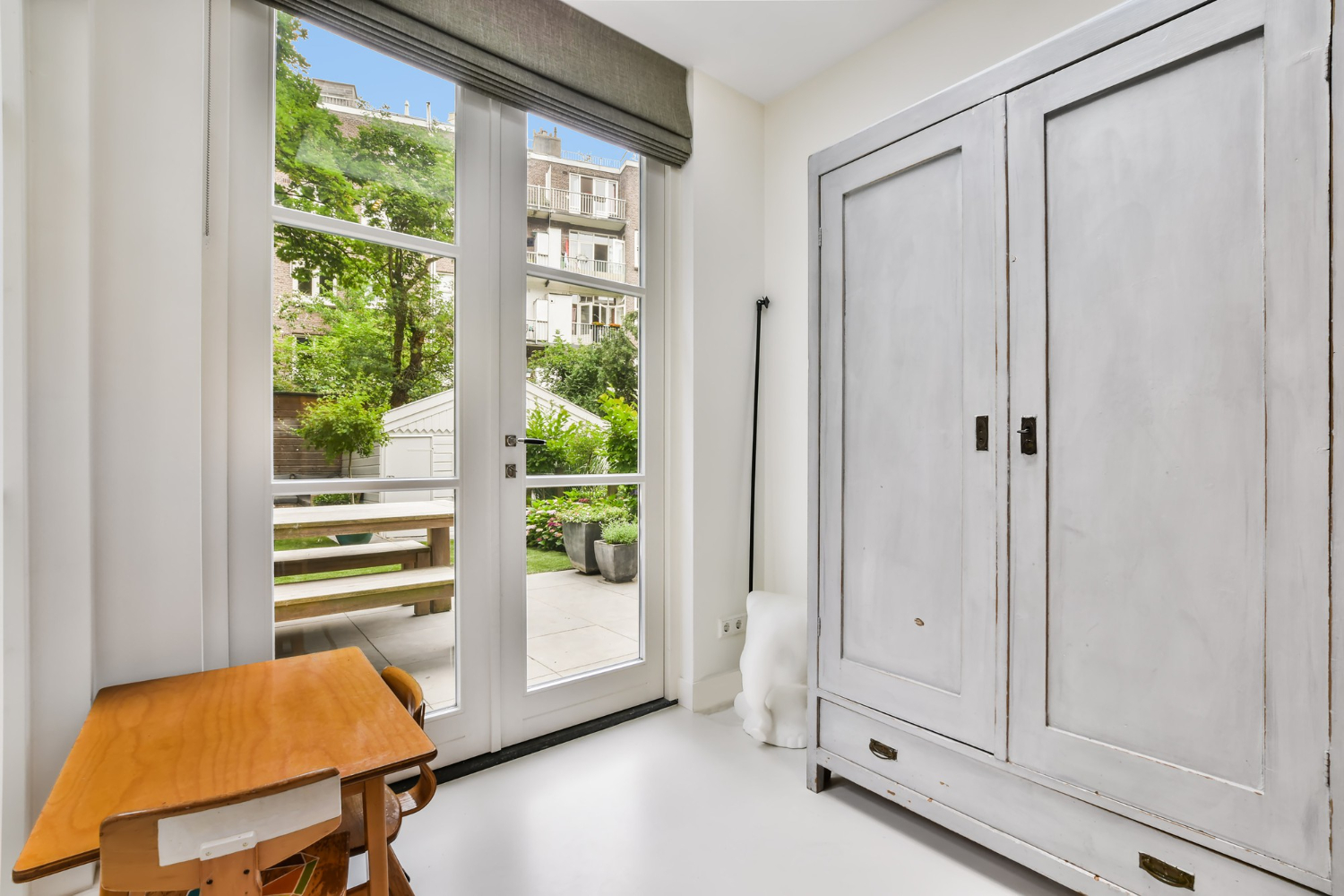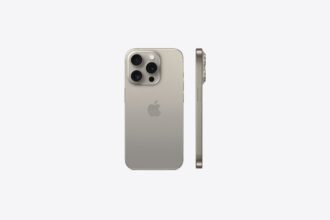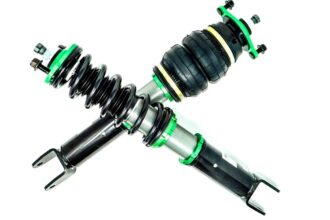uPVC doors are known for their durability and energy efficiency. These doors are made from unplasticized polyvinyl chloride, which makes them strong, low-maintenance, and a popular choice for homeowners. With a variety of styles and designs available, uPVC doors not only protect a home but also enhance its appearance.
Choosing the right upvc door can be a significant decision. Factors like insulation, security features, and design options can greatly affect comfort and style. When properly installed and maintained, they provide long-lasting benefits for any residential or commercial space.
Understanding the basics of uPVC doors helps in making an informed choice. From selecting the right style to knowing how to care for them, being equipped with the right information ensures that these doors meet the needs of any property.
Key Takeaways
- uPVC doors are strong and energy-efficient options for homes.
- Various styles and designs can enhance a property’s appearance.
- Proper installation and maintenance are key to maximizing their benefits.
uPVC Door Fundamentals
uPVC doors are well-known for their various features that make them an appealing option for homeowners. Understanding their material composition, design options, and energy efficiency can help in making informed choices.
Material Composition
uPVC stands for unplasticized polyvinyl chloride. This material is known for being strong, durable, and resistant to elements like moisture and UV light. Unlike regular PVC, which can be softer, uPVC retains its form under pressure and is less likely to warp or rot.
The manufacturing process of uPVC involves heating and shaping a solid plastic powder, creating a dense and rigid product. This high density contributes to its robust nature, making it suitable for exterior doors. The resistance to corrosion, termites, and fading is important for longevity, offering homeowners a smart investment.
Design and Aesthetics
uPVC doors come in various styles and colors, allowing for customization in homes. Options include panel doors, glazed doors, and composite designs, catering to different tastes and architectural styles.
These doors are available in both smooth and textured finishes, enhancing their visual appeal. Homeowners can choose from a range of colors, enabling them to match or contrast with their home’s exterior. Additionally, some designs mimic the look of wood while offering the benefits of uPVC, blending aesthetics with functionality.
Energy Efficiency
Energy efficiency is a critical benefit of uPVC doors. They are designed with excellent insulation property, helping to keep homes at a stable temperature. The material prevents drafts, reducing heating and cooling costs.
uPVC doors often come with multi-chamber profiles that trap air, further enhancing thermal performance. This feature helps meet modern standards for energy-efficient homes, making them a preferred choice for environmentally-conscious homeowners. Choosing these doors can lead to long-term savings and a reduced carbon footprint.
Manufacturing Process
The manufacturing process of UPVC doors involves two main steps: profile extrusion and door assembly. Each step is crucial in creating durable and efficient doors that meet modern standards.
Profile Extrusion
In this initial phase, raw materials are prepared. The primary component is unplasticized polyvinyl chloride (UPVC), mixed with stabilizers and pigments. This mixture is then heated until it melts.
Once molten, it is forced through a die in a process called extrusion. The die shapes the UPVC into profiles suitable for door framing.
After extrusion, the profiles undergo cooling. They are then cut to specific lengths. Quality checks follow to ensure durability and precision. Any defects found are addressed immediately since quality is key in this stage.
Door Assembly
After the profiles are ready, the assembly process begins. Components include the door frame, panels, and locking mechanisms.
Each part is carefully fitted together. The frame is typically reinforced for added strength. Once the panels are in place, they are sealed properly to ensure insulation.
Finally, locks and hinges are installed. Each door is tested for functionality and security. This ensures that the final product meets safety standards and performs effectively in various conditions.
Installation Guidelines
Installing a UPVC door requires careful planning and precise execution. Key areas include measuring and fitting the door frame correctly and ensuring proper sealing and insulation for optimal performance.
Measuring and Fitting
To begin, accurate measurements are essential. Measure the width and height of the door opening. It is important to ensure there is a minimum of 5mm space around the frame for fitting adjustments.
Next, check the squareness of the opening. Use a level to confirm that the sides and top of the frame are even. If the frame is not square, adjustments may be necessary.
Once measurements are confirmed, place the UPVC door into the opening. Securely fasten it using screws, ensuring it is straight and aligned. Regularly check alignment during the process to avoid issues later on.
Sealing and Insulating
After fitting the door, proper sealing is crucial to prevent drafts and water leaks. Use high-quality silicone sealant around the edges of the frame. This helps to protect against moisture while enhancing energy efficiency.
Apply insulation foam into any gaps around the frame. This foam expands to fill spaces and increases thermal insulation. Ensure that the foam is applied evenly for the best results.
Lastly, ensure that all hardware is tightened and functioning well. Regularly check seals and insulation to maintain the door’s performance over time. Proper sealing and insulation will extend the door’s lifespan and improve energy efficiency.
Maintenance and Care
Proper maintenance of UPVC doors keeps them looking new and functioning well. Regular cleaning and damage prevention practices can extend the life of the doors.
Cleaning Procedures
Regular cleaning is vital for UPVC doors. Dirt, dust, and grime can accumulate, affecting appearance and functionality. A cleaning solution made from mild soap and water works well.
- Use a non-abrasive cloth or sponge to scrub the surface.
- Avoid harsh cleaners or bleach that could damage the material.
It’s best to clean UPVC doors every few months, or more frequently in areas with high pollution. Pay special attention to the hinges, handles, and locking mechanisms, as these areas often collect debris.
For stubborn stains, use a suitable non-abrasive cleaner specifically designed for plastics. Test any new cleaner on a small area first to ensure it won’t discolor or damage the surface.
Damage Prevention
Preventing damage is crucial for maintaining UPVC doors. Routine checks can help catch issues early.
- Inspect the seals and weather stripping regularly to ensure they are intact.
- Keep hinges lubricated with a silicone-based spray to prevent rust and improve operation.
Avoid using abrasive tools or harsh chemicals while cleaning, as they can scratch or weaken the material.
If the door is exposed to direct sunlight frequently, consider applying UV protection. This can help minimize warping or fading. Additionally, avoid slamming the door, as this can stress the frame and hardware, leading to long-term damage.
Common Types and Styles
There are several common types and styles of uPVC doors, each offering unique features and benefits. Understanding these options can help in making the right choice for one’s home.
Casement Doors
Casement doors are hinged on one side and open outward or inward like a window. They provide a clear view and maximize natural light. These doors are often used in areas where ventilation is important.
Features:
- Available in single or double variations.
- Can be customized with various glazing options.
- Provide energy efficiency by sealing tightly when closed.
Casement doors allow homeowners to enjoy unobstructed views while enhancing airflow. They can easily fit into any architectural style, making them a versatile choice.
Sliding Patio Doors
Sliding patio doors glide open on a track, making them an excellent option for spaces with limited room for door swings. These doors are popular for connecting indoor living areas with outdoor spaces like patios and decks.
Features:
- Large glass panels offer abundant natural light.
- Easy to operate, making them family-friendly.
- Low maintenance due to durable uPVC material.
Sliding doors not only save space but also create a seamless flow between inside and outside. They can enhance a home’s aesthetic and may come with customizable frame colors.
French Doors
French doors consist of two panels that open from the center. This style adds elegance and charm to any entryway. They are often used as interior or exterior doors, leading to gardens or other rooms.
Features:
- Available in various designs, including double-glazed options.
- Can be customized with decorative grids or frosted glass.
- Provide a wide opening, ideal for entertaining.
French doors offer a classic look while maintaining modern functionality. This style enhances visibility and allows for easy access, making them a favored choice among homeowners.














